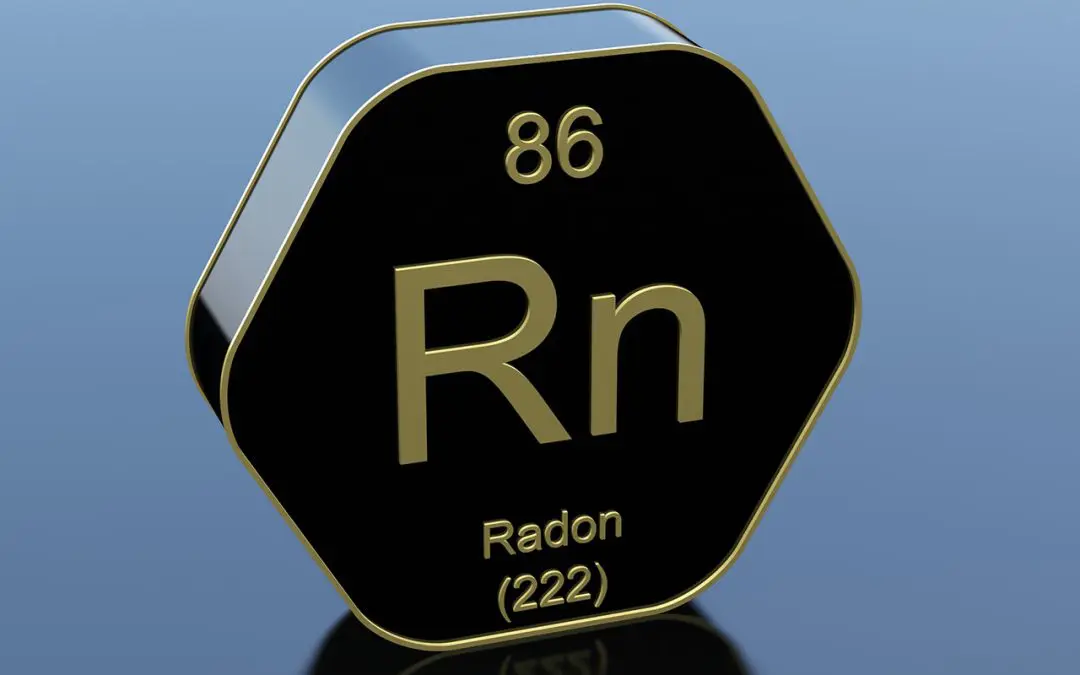You rely on your home for shelter and safety. Most people take steps to protect their families from fire, smoke, and carbon monoxide. However, there is one danger that may be hiding in your home that you might not know about. January is National Radon Action Month, so now is the time to learn about radon.
The Environment Protection Agency (EPA) estimates that as many as one in 15 homes have high levels of radon gas. This statistic translates into approximately 8 million U.S. families living with the danger of radon in the home. Read on to learn more about radon and how it can threaten your family’s health.
What is Radon?
Radon is an invisible and odorless gas that forms in rocks and soil underground. Radon is formed when naturally-occurring uranium breaks down in the soil and the gas rises into the atmosphere.
How Does Radon Get Into the Home?
Radon enters your home through cracks in the fountain, walls, and floors. Concrete block walls are not exempt. Radon can also pass through the following other points of entry.
- Sump pumps
- Floor drains
- Well water
- Gaps around pipes entering the foundation
- Fireplaces and furnaces
- Exterior air vents
- Construction joints near concrete
Why is Radon Dangerous?
Since radon is a naturally-occurring gas, everyone is exposed to low levels when outdoors. The danger of radon in the home becomes a risk when it’s trapped indoors and accumulates to unsafe levels. Because it is colorless and odorless, the only way to know if you have high levels (4 pCi/L or higher) is to test for it.
Studies have proven that radon gas in the home is the second leading cause of lung cancer in smokers and the first leading cause in non-smokers. Radon is responsible for around 21,000 deaths from lung cancer each year. Of course, smokers are even more susceptible to lung cancer when exposed to high levels of radon inside the home.
How to Avoid the Danger of Radon In the Home
It’s well worth the money spent to test and remediate the danger of radon in the home, especially if you have a basement. Contact a certified radon tester first. They have the expertise to test for radon correctly. If high levels are found, steps can be taken to remove radon like installing a soil suction radon reduction system.
Radon mitigation professionals will then seal cracks in the walls, foundations, and floors to keep radon from entering and building up to dangerous levels again. If you have well water, they will also advise you on steps to take to make sure your water is free from high levels of radon.
Prudent Home Inspections provides radon testing and home inspection services to the Washington D.C. metro area. Contact us to request an appointment.
